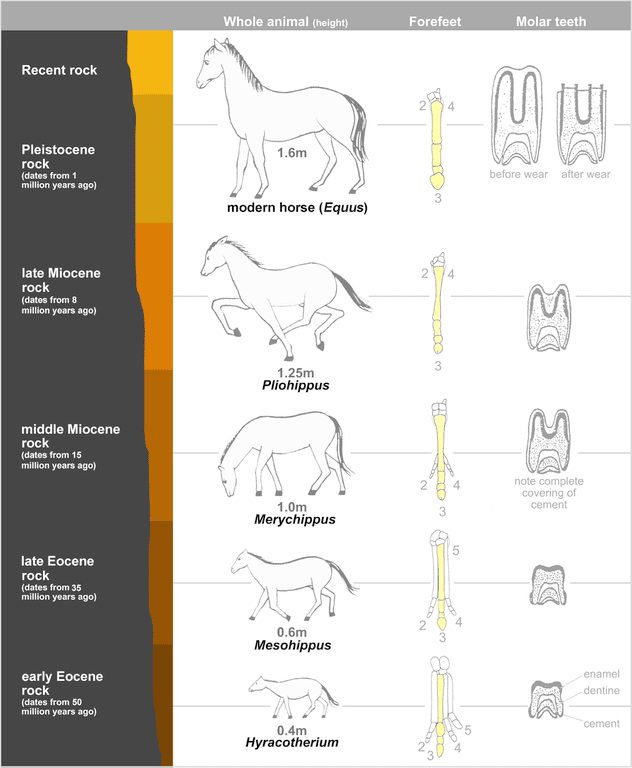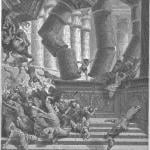
Newly published on the website of the Interpreter Foundation:
Science & Mormonism Series 1: Cosmos, Earth, and Man “The Theory of Evolution is Compatible with Both Belief and Unbelief in a Supreme Being”
Part of our book chapter reprint series, this article by David M. Belnap originally appeared in Science & Mormonism Series 1: Cosmos, Earth, and Man (2016).
Abstract: David Belnap, professor of biochemistry and biology at the University of Utah, explains how the theory of evolution neither unequivocally commends atheism or belief in God — “faith (in God or atheism)” inevitably derives from “each person’s spiritual conviction and choice.” He describes how “an intelligent Creator” could use the evolutionary mechanisms of “random variation coupled to selection to produce and maintain life on earth.” He makes it clear why simple explanations can both be helpful and mislead at the same time.
***
Continuing with my notes from Daniel Johnson, “‘Hard’ Evidence of Ancient American Horses,” BYU Studies Quarterly 54/3 (2015):
In my immediately previous blog entry on this subject (Part 5), I began summarizing accounts, provided by Daniel Johnson (with references), seeming to suggest very early involvement of Native American groups with horses and horsemanship. Very early involvement. I continue in that vein:
- It is believed that the Pawnee had horses as early as 1650, and perhaps even as early as 1630. (161)
- The early twentieth-century anthropologist Clark Wissler suggested that tribes like the Pawnee and the Kiowa had begun horse raiding by the early 1600s. (161)
- The Apache were plainly trading for horses in the latter half of the 1600s, but they were using them much earlier than that — perhaps originally not as mounts and beasts of burden but for food. (161)
- Francisco de Ibarra traveled in Mexico’s Sonora Valley in 1567. [That’s only seventy-five years after First Contact. However, Columbus’s initial voyage didn’t even take him to the mainland but, rather, to the islands of today’s Turks and Caicos or Bahamas, and then to Cuba and Hispaniola. Whether he had any horses with him, I don’t know. That he let any loose, even on those Caribbean islands, seems unlikely.] De Ibarra says that at least some of the tribes in the Sonora Valley region were not only acquainted with horses but were practiced horsemen. (161)
Remarks Johnson,
Knowing what horses are and that they can be useful is one thing. But being able to raise, care for, train, and use them effectively is quite another. If an indigenous group is seen as accomplished in horsemanship and has a deep cultural connection to the horse by a certain date, analysts could naturally suspect that the actual introduction of that animal to that people must have been much earlier than typically believed. (161)
European or “White” scholarship has typically devalued Native American traditions on the origin of American horses , but they’re worth considering. For example:
- The Blackfoot claim of having horses goes as far back as their traditions reach. (161)
- The Comanche believed that the Great Spirit had created horses specifically for them. (161)
To be continued.











